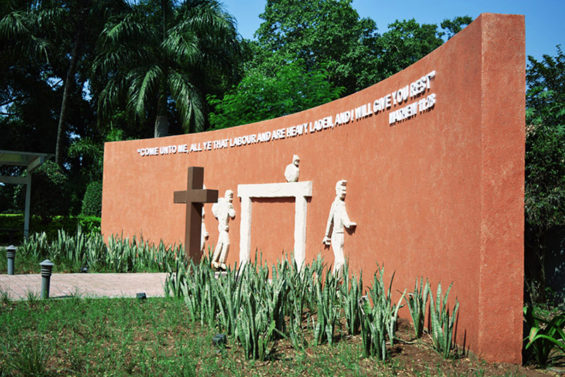
What makes a garden what it is? How effectively design a garden so that it can become a space with a purpose? Gardens, or as we love to say Bāghs are always spaces with a purpose. They are meant for certain pre-determined activities to take place; a place for relaxation, a place for children to play, a place for outdoor parties and dinners, a place for solitude, a place for group gatherings, a performance space… the list is never ending. The qualities that truly make up this sense of purpose in any garden begin at the very heart of the design process. The purpose behind the garden is what the designer has at the back of his/her mind from the moment he goes about putting pen to paper. Without this sense of purpose, the garden is at the risk of becoming rather like a river which flows and has abundant water, but never meets the sea.

We were recently commissioned to come up with a garden design for a very specific purpose: prayer. This was a new challenge for us, and we decided to meet it head on. Studies about the particular praying methods, and religious philosophies followed and we were able to come up with a very strong design that, according to us, was wholly suited to its purpose. Client meetings, design discussions and presentations were made, with emphasis laid not only on how the religious philosophies were reflected in the design, but also on the less glamorous but equally important aspects like ease of maintenance and longevity. As strangers to this particular form of prayer, as designers, we had imagined the garden to be an all-day space, where people could come and pray at any time, and also somewhere where religious festivals and special occasions could be celebrated, drawing from our own perceptions and experiences.
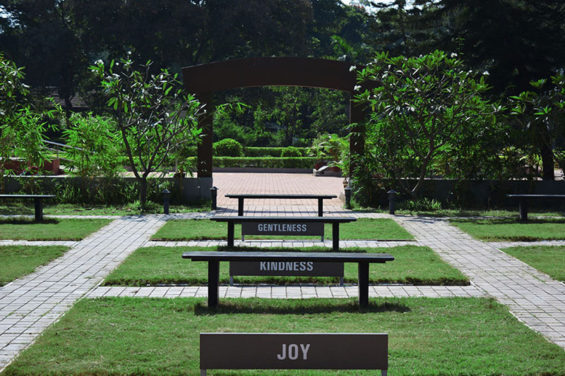
The clients however, had other ideas. Their sense of purpose, although broadly on the same lines as ours, was so much more defined, that the design of the garden underwent a radical transformation. Our newly clarified thoughts were soon translated into actions and the process from design to implementation was soon underway. Looking back, we can now say that this whole exercise was like a prayer in itself, where we were guided in the right direction and were able to achieve our goal.
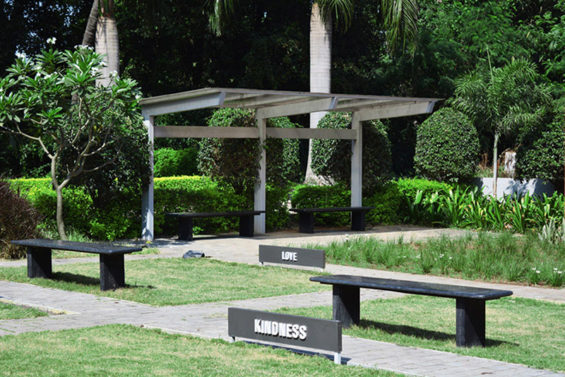
This Garden for prayer, lovingly named ‘Gethsemane’ after the garden in Jerusalem is where Jesus is believed to have spent his last night, praying to God, before being crucified the next day. The story of what happened that night and the morning that followed can be described as a truly heart wrenching tale of devotion, trust and deception, leading up to the events that surround the crucifixion of Jesus Christ.
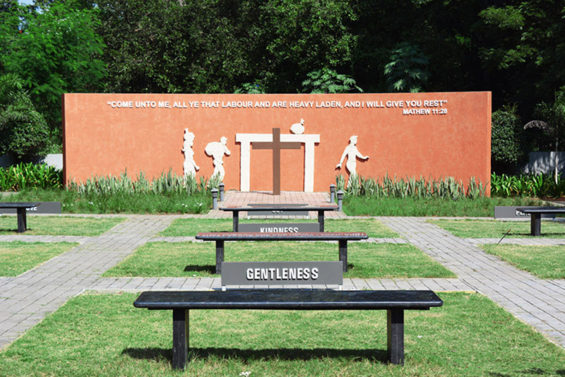
The premise of this garden is one that is as much about grief as it is about the joy that followed in the events of the Resurrection, and the garden intends to lay emphasis on basic human values. It is a place for reflection and contemplation, where a sense of devotion is both complementary to and complemented by the Church, a house of prayer.
The Garden for prayer is a concept that is linked very closely to deep rooted instinct of man to be in the presence of the natural world. And yet, when we think about places of prayer, our vision is predominantly of built structures where the physical act of praying and worship takes place, throughout the world by people from all walks of life. In this garden for prayer, these two worlds meet in a single scripture that adorns the feature wall;
‘Come unto me, all ye that labour and are heavy laden, and I will give you rest.’ – Mathew 11:28
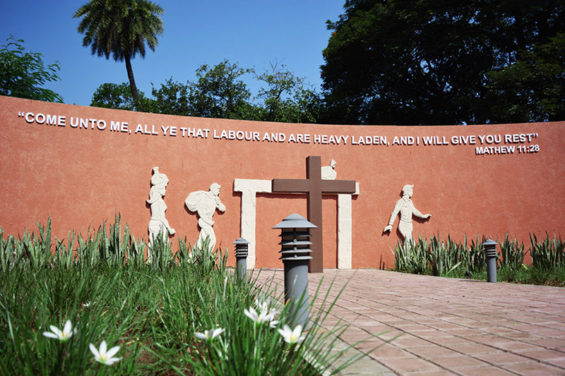
The purpose of praying and the purpose of unwinding unite in ‘Gethsemane’ the Garden for Prayer.
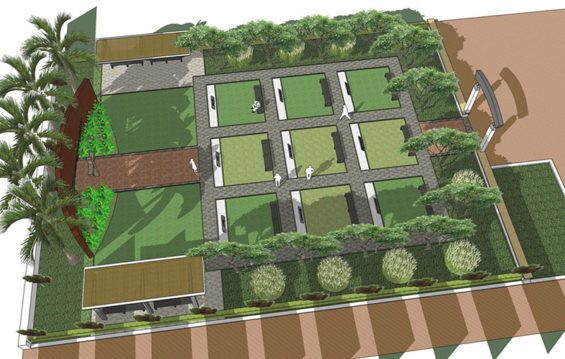
Gethsemane
Location | Pune, India
Design Firm | Bāghorama Landscape Architects
Team | Nikhil Raut, Ketaki Godbole-Randiwe, Ajinkya Chavan
CONSULTANTS
CIVIL WORK | Mr. Prakash Gune
PLANTING | Mr. Varun Gole
LIGHTING | Dynamic Electricals
GRAPHICS | Artist Mandar
FABRICATION | Ameya interiors
IMAGE CREDITS | Ar. Nikhil Raut

